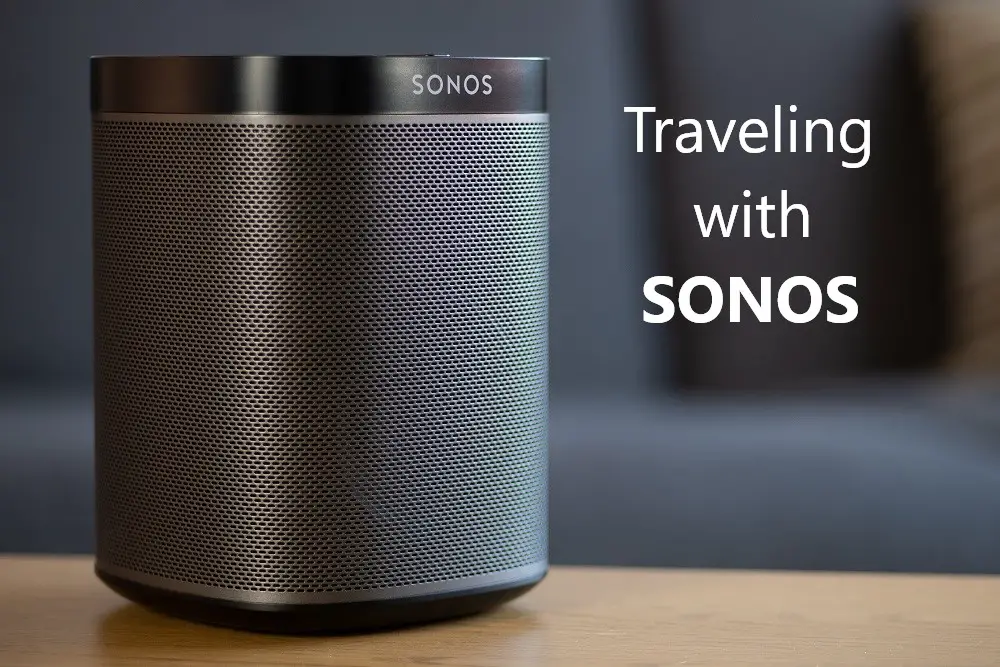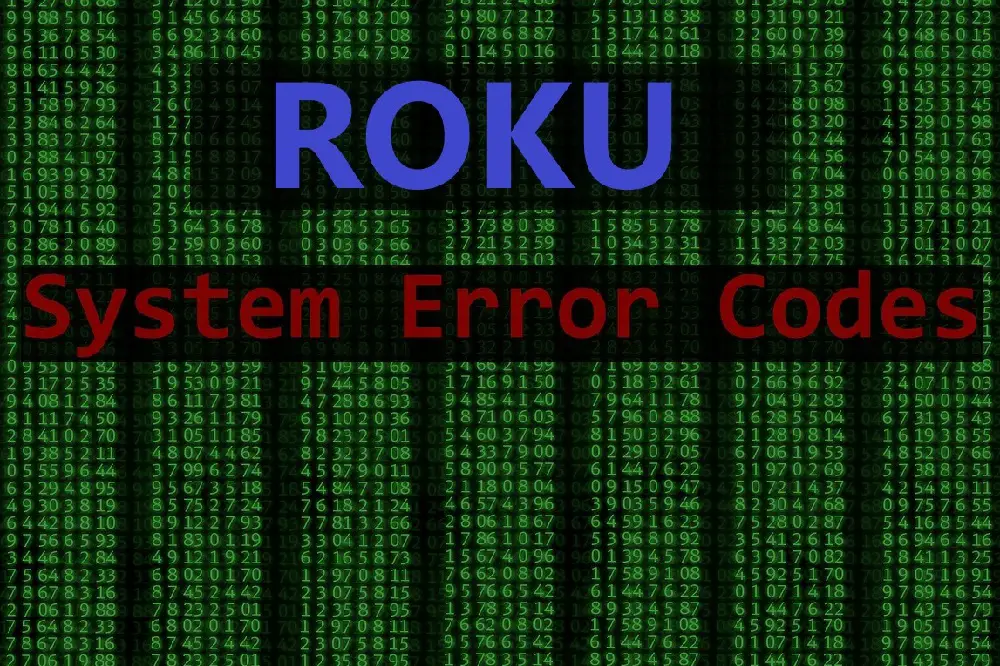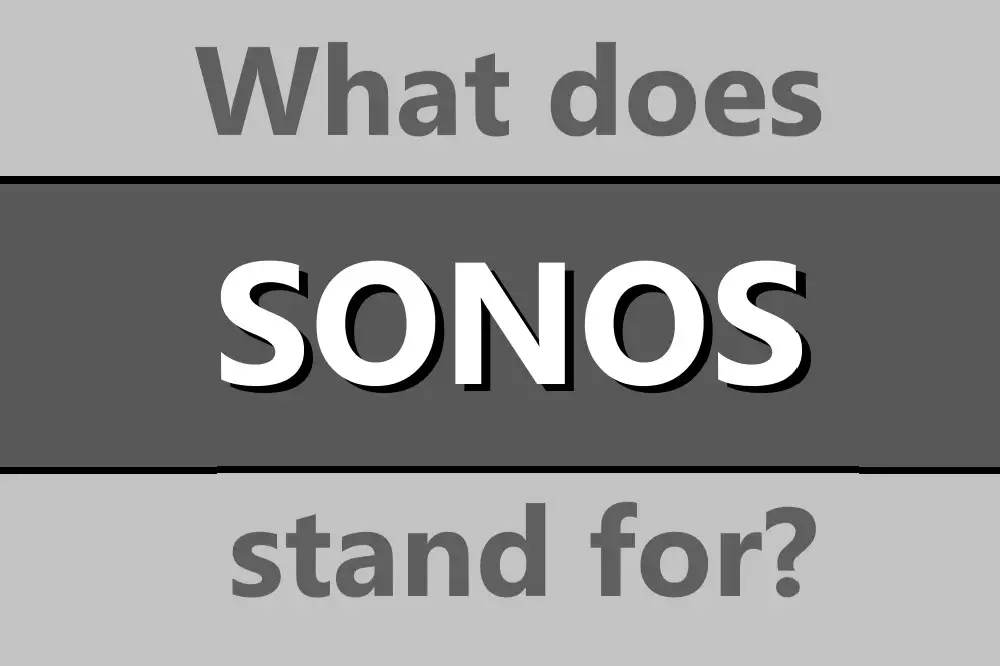Hearing about all the scary data leaks and fraud that happens online, having a speaker system connected to your internet that could be the entrance point for some hackers is perhaps scary for some. So what is Sonosnet security like?
Sonosnet security is very good and you almost certainly have nothing to worry about. Sonosnet is not like a regular WiFi connection and so can’t easily be accessed or modified by someone, and it has a robust security protocol on it.

Join me as we look at the various aspects of what makes Sonosnet secure including the encryption method, its configuration, and other security tips about Sonosnet. So read on to get a piece of mind about your security and Sonosnet.
Table of Contents
Is Sonosnet Secure?
Sonosnet security is via AES and the SSID is hidden, and the passkey used for accessing it is not viewable by the end-user. This means that a Sonosnet mesh network is not easily viewable by bad actors, and will not be showing up in standard searches for a network. This lack of entry points creates a safe network.
Sonos developers designed the system to set up and connect without you as the end-user having to do anything.
Not only does this make it convenient, but it also reduces the number of attack vectors that a compromiser may have access to.
Sonos also offers no MAC address control via the app or otherwise.
AES stands for Advanced Encryption Standard and is one of the top certified standards for encryption. It means that even if someone were to use a device to detect the presence of Sonosnet and try to gain access to it, they still have to crack the encryption.
AES is not impossible to break, but it will take someone of moderate to high skill to do so in any reasonable length of time.
Any changes made to the router, such as updating a WiFi SSID or password will have zero effect on the Sonos devices, as for Sonosnet to be working at least one device is plugged into the router directly via ethernet, and it then creates a separate mesh network.
Sonosnet was developed in-house by Sonos to completely manage the connections between the speakers, and so handles the creation of the mesh network, organizes the connections of all the devices to it, and keeps communication open to enable audio.
We also have an article about Sonos security, check this article.
Can Sonosnet Be Hacked?
Sonosnet can theoretically be hacked, but it requires immense effort and is very unlikely. As almost any device can be hacked, not even the top security experts are going to claim that a system is impenetrable.
But just like putting a lock on your bike doesn’t stop it from getting stolen if the thief is determined enough and is willing to spare the time, your Sonosnet is very secure to deter all but the most determined of bad actors.
Unlike other types of network intrusion, there is probably not a lot to gain monetarily or information-wise for gaining unauthorized access to a Sonos system, apart from being able to freak the users out with random loud noises over their speakers.
This is good from a security standpoint, as it reduces the number of reasons why someone would be motivated to get into the Sonos system, as hard as it may be.
One way to make your Sonos more secure is to use Sonosnet, and then go into the Sonos app and remove the WiFi settings from there, meaning no Sonos will be directly connected to the internet in a software sense, only via hardware.
Sonosnet will set itself up automatically if you just plug at least one device into ethernet, as the other speakers will connect to that speaker and also act as relays to keep the next speaker connected even if it is far away from the ‘host’.
Ever wondered if Sonos can listen to you? We checked it here.
Can You Block Mac Addresses on Sonosnet?
Even when Sonos speakers are set up using a Sonos Boost, the internet router is still the device assigning important identifying information such as IP addresses. The router’s DHCP server will also be the one controlling network traffic.
This means that if you have MAC address filtering enabled on the router, this will effectively be controlling what devices are able to connect to your network.
This function is not possible via the Sonos app or via using the settings on the devices, primarily due to a decision by Sonos to not allow Sonosnet to be accessed and modified.
This both boosts security and ensures that Sonosnet can’t be broken easily by the consumer.
If you want to add MAC address filtering, it wouldn’t be that difficult to set up depending on what router you have.
However, MAC address filtering is not as good an anti-intrusion device as many people think.
Can I Use VPN on Sonosnet?
VPNs and Sonosnet generally don’t work that well, as the connection created by the speakers is not an open network that other non-Sonos devices can interact with.
Most VPN software is on a computer or other device, and so is separate from the Sonosnet and internet router.
Sonos operates by running software on each speaker that connects both to the Sonos app/controller device, and the outside world.
Sonos devices will be blocked from reaching whatever device it exists on (such as a PC) and therefore the VPN, as well as communicating directly to the source.
If your VPN supports split tunneling, you could add Sonos in the VPN settings but it’s unlikely to make much of a difference. In the end, Sonosnet is a private, dedicated mesh network that is not using the WiFi signal to connect speakers.



